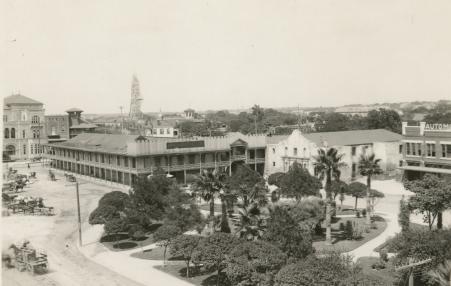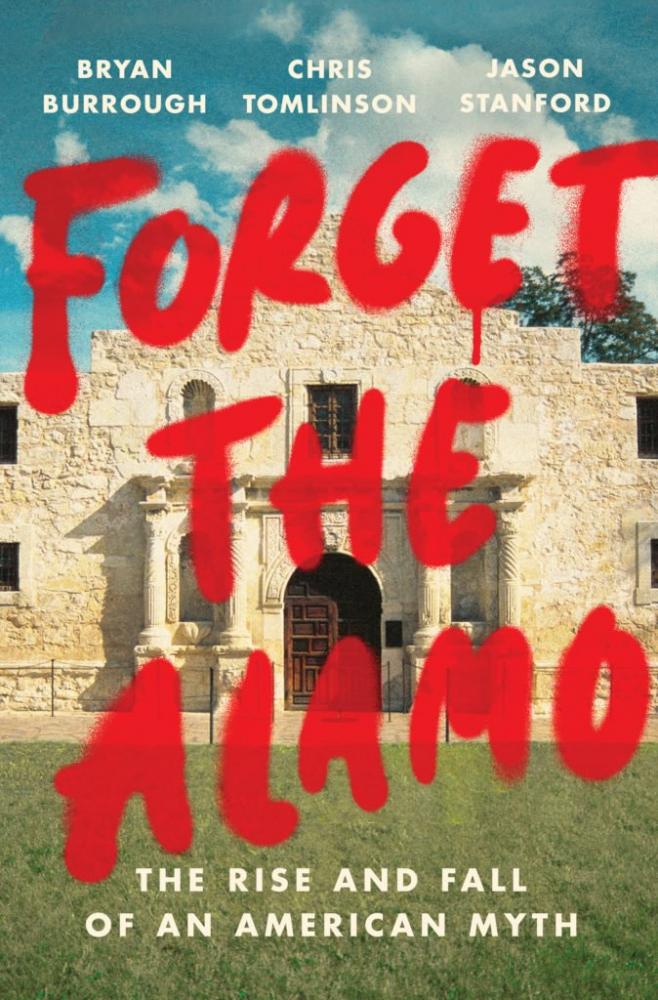Duan -- After over a year of grassroots organizing across the entire state of California to #CancelRent, yesterday, the California legislature passed AB 832, effectively allowing rent debt for most tenants and landlords to be paid off by the state. All of it. A year ago, this was unimaginable. A year ago, we were deep in the throws of a pandemic with no end in sight for an economic or public health recovery. We still have a long way to go, but today’s vote signals a huge victory for renters that have been waiting in fear of being hit with crushing rent debt. Here’s the catch: CA has allocated $5.2B to pay off all rent debt, but there is no guarantee that renters and landlords will get that relief IF the money runs out! That means we need to get as many renters applying for this relief as soon as possible. ACCE is ramping up a mass social media, radio and door to door campaign to ensure renters across California apply for rent relief today, and have support in applying for it!Donate to support us reaching out to all California renters to ensure they get the relief and support they need! We know who needs this money the most: it’s Black and Brown renters and working class Californians who have been hit hardest by the pandemic and are the most at risk of eviction and rent debt caused by systemic racism in our labor and housing systems. Rollout of relief has been very slow so far, and landlords have used all sorts of tactics to get tenants out of their homes, so we’re going to need all the help we can get to get the word out to renters to apply, to inform them of their rights, and help them organize to stay housed. Chip in to our campaign to make sure all California renters know their rights and get the relief they need! We know there is more work to do in cleaning up the eviction moratorium. Yes, there is more work to do to hold landlords accountable after they’ve received a $5.2B taxpayer bailout. But right now, what’s most important is getting rent cancelled for as many renters in California as possible. Join the effort to get relief into the hands of as many renters as possible and donate now! In solidarity, Patricia Duan -- Después de más de un año de organizar comunidades de base en todo el estado de California para #CancelarLaRenta, ayer, la legislatura de California aprobó el proyecto de ley AB 832, permitiendo efectivamente que el estado pague la deuda de alquiler de la mayoría de los inquilinos y propietarios. Toda. Hace un año, esto era inimaginable. Hace un año, estábamos sumidos en una pandemia sin final a la vista para una recuperación económica o de salud pública. Todavía tenemos un largo camino por recorrer, pero la votación de hoy marca una gran victoria para los inquilinos que han estado esperando con temor a verse afectados por una abrumadora deuda de alquiler. Aquí está el detalle: CA ha asignado $5.2 mil millones para pagar todas las deudas de alquiler, pero no hay garantía de que los inquilinos y propietarios obtengan esa ayuda si se acaba el dinero. Eso significa que debemos conseguir que la mayor cantidad de inquilinos soliciten esta ayuda lo antes posible. ACCE está intensificando una campaña masiva en las redes sociales, la radio y de puerta en puerta para garantizar que los inquilinos en todo California soliciten la ayuda del alquiler hoy y tengan apoyo para solicitarlo. Dona para ayudarnos a llegar a todos los inquilinos de California para garantizar que reciban la ayuda y el apoyo que necesitan. Sabemos quién necesita más este dinero: son los inquilinos afro-americanos y Latinos y los californianos de clase trabajadora los que han sido más afectados por la pandemia y son los que corren mayor riesgo de desalojo y deudas de alquiler causadas por el racismo sistémico en nuestros sistemas laborales y de vivienda. La implementación de la ayuda ha sido muy lenta hasta ahora, y los propietarios han usado todo tipo de tácticas para sacar a los inquilinos de sus hogares, por lo que necesitaremos toda la ayuda que podamos para hacer correr la voz a los inquilinos para que presenten su solicitud, informarles de sus derechos y ayudarlos a organizarse para permanecer alojados. ¡Participa en nuestra campaña para asegurarte de que todos los inquilinos de California conozcan sus derechos y obtengan la ayuda que necesitan! Sabemos que hay más trabajo por hacer para reforzar la moratoria de desalojos. Sí, hay más trabajo por hacer para responsabilizar a los propietarios después de haber recibido un rescate de $5.2 mil millones de parte de los contribuyentes de impuestos. Pero en este momento, lo más importante es que se cancele el alquiler de la mayor cantidad posible de inquilinos en California. En solidaridad, Patricia ACCE Action |


